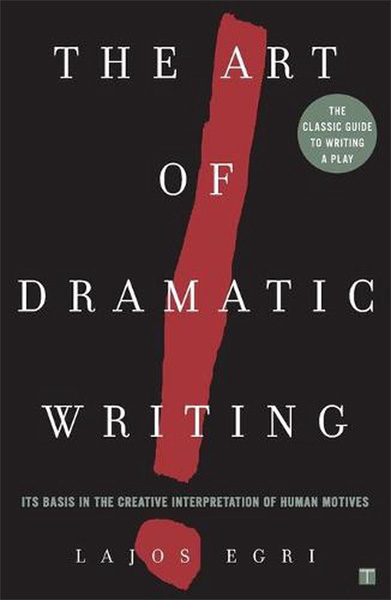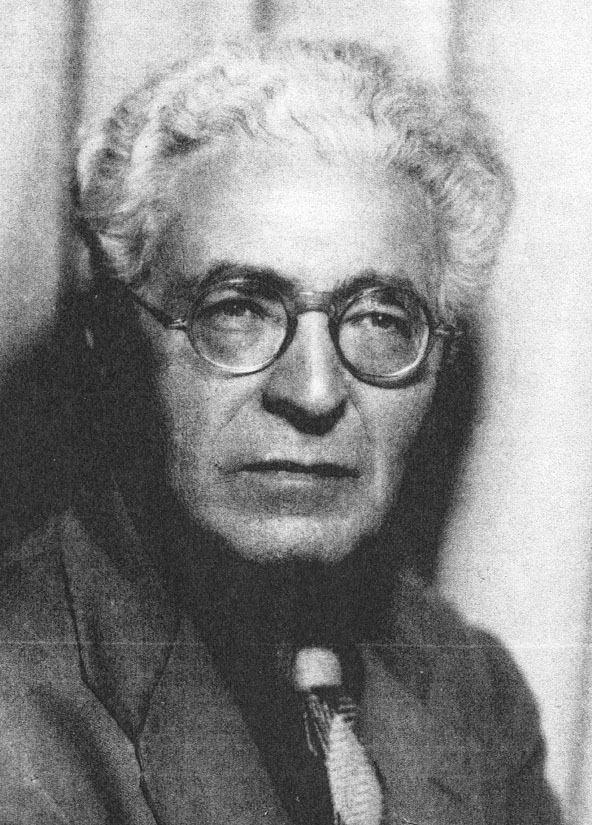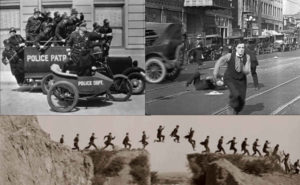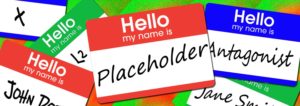My craft reading at present is The Art of Dramatic Writing by Lajos Egri. It was recommended to me about six years ago and I tracked down a second-hand copy that has been sitting on my shelves unopened ever since. (Honestly look at the cover. I got depressed every time I saw it!) But this spring I decided I needed some input and I picked it up.

Dated and timeless
It’s a much better read than I expected, though it is dated. (First published in 1942.)
It’s written in the first instance for playwrights and script writers, and plays and films are its reference points. (That’s where it’s most dated. The classic plays it references, for example The Doll’s House, Romeo and Juliet, Tartuffe, are eternal. But the “modern” plays and films Egri praises or criticises have mostly sunk without trace.) However the book’s argument, that fully rounded characters are what carry a story through and make it interesting, is something timeless.
There’s more, of course. Lots more. For instance, Egri argues that every story needs a premise. “A good premise is a thumbnail synopsis of your play.” He also goes into some depth on the unity of opposites, the orchestration of characters, the point of attack, and the four different kinds of conflict.
Character checklist
But it’s Egri’s checklist for building a three dimensional character that I’ve found most helpful. This month I’ve been trying to reanimate a science fiction novel I’ve been working on for some years. (Working title Luce in Lunnon.) I’m doing that by taking each of my p.o.v characters and working through Egri’s checklist to make sure I have something to say about them under each heading.
Both my main characters are pretty well established in my mind, and that’s the first take-away from plotting them against the checklist. But it’s also been revealing to find those points where I don’t have anything, or anything detailed to say about one or the other. Looking to fill the gaps has set me off exploring the story again from different perspectives.
For you, if you’re interested, here is the whole checklist reproduced with some of my notes.
Egri writes: “human beings have three dimensions: physiology, sociology, psychology. Without a knowledge of these three dimensions we cannot appraise a human being.” [He means that when you are developing a character you have to consider what they look like, their situation and position in their society, and what they are like inside their heads.] He recommends the following checklist.
Physiology
- sex
- age
- height and weight
- color of hair, eyes, skin
- posture
- appearance
[he means, I think, both their appearance to others and how they see themselves] - defects
- heredity
Sociology
- social class
- occupation
- education
- home life
- religion
- race/nationality
- place in community
- political affiliations
- amusement, hobbies
Psychology
- sex life, moral standards
- personal premise, ambition
- frustrations, chief disappointments
- temperament
- attitude towards life
- complexes (obsessions, inhibitions, superstitions, phobias)
- extrovert/introvert/ambivert
- abilities
- qualities
- IQ
“This is the bone structure of a character, which the author must know thoroughly, and upon which he must build.”
Observations – Physiology
By and large I don’t expect to be harping on about what any of my characters look like. I don’t think Egri is advocating that either. I interpret the physiology checklist as an aid memoire. Something to keep in mind when my characters think, behave, react or are observed by others.
In a film or a play, I suppose scriptwriters may suggest the physical descriptions of their characters to the casting director, who will take them into account when looking for the actors. But ultimately it is the actor on set who will physically represent the appearance of the character. In a book, the author has more opportunity, and perhaps more of a duty, to convey their characters’ appearance to the reader. Personally I prefer to be given what I need to know about a character dripped in along with the story. I don’t like to be beaten about the head with an extensive description when I first meet each and every one. I’ll likely forget it anyway, especially if it isn’t immediately relevant to the story. https://en.wikipedia.org/wiki/Lajos_Egri
So I may not, at any point in the final novel, actually write out that my protagonist, Luce, is “female, aged about 22, a little above average height and weight (though most of her extra weight is muscle)”. Or that she has “dark brown hair and brown eyes shot with flecks of amber, and a sallow skin which tans easily and darkly”. But it’s good to have these things for reference.
Observations – Sociology & Psychology
The society I imagine for my novel is one 500-odd years into a post-apocalyptic future. A future in which machine intelligences and human communities co-operate or compete. How much of the items under Sociology and Psychology are going to be relevant?
Surprisingly many of them, I find. There may not be social classes in the future as we might designate them, but there will surely be divisions between people that resemble class. Political affiliations and religious beliefs, racial and national divisions may not look the same as today, but I’m pretty sure something like them will still exist. And people will still want to amuse themselves.
If people are not as obsessed with sex as we are today, they will still be procreating, and still be struggling with issues of morality. Even if the connection between morality and sex may not be as obvious as it was to Lajos Egri. Everyone will still have personal ambitions, frustrations, complexes, abilities and qualities, though they might not call them by those names.
I think intelligence (or a lack of intelligence) will still be relevant, though whether people will measure it in terms of IQ I can’t say. This is the one element in Egri’s checklist that feels out of date to me.
So, can you plot your characters onto Egri’s checklist? Or can you see yourself using the checklist to help you create a character? Do share





